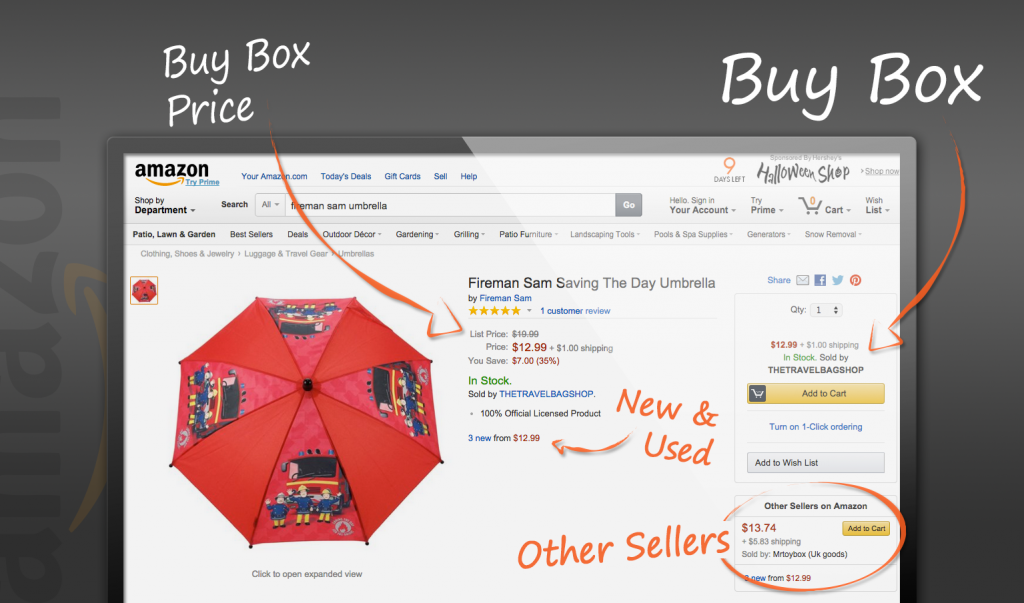
Digital economy in Asia–insider’s guide into the global opportunity
The digital economy — built on the ability to sell and purchase products and services online — has had a profound impact on businesses around the world. Among the most noticeable changes are an almost instantaneous access to a gigantic market, and, inevitably, an intensification of global competitive pressures.
As a key enabler of the digital economy, Payoneer took a closer look at how the digital economy has affected countries and people in the world. Here are some of the unique insights into the careers, lives, and aspirations of some of our most experienced and successful customers in 11 countries in Asia — Bangladesh, China, India, Indonesia, Japan, Korea, Malaysia, Pakistan, Philippines, Thailand, and Vietnam.
The Big Equalizer
From Pakistan to The Philippines, the digital economy has ignited the entrepreneurial spirit everywhere, helping people generate extra income, often replacing traditional sources of income in places where local jobs were lacking. It has been a big equalizer for people who have been able to pursue their dream jobs, no matter where they live in the world. Goodbye 8 to 5; hello freedom!
Is this opportunity available to everyone? Barriers still exist, whether it is language, marketing skills, or access to capital. But for the most part, the internet and marketplace platforms have alleviated these challenges. Fear of change might be the only real barrier left. Anybody with a fire in their belly and a good idea can participate. The digital economy has opened the doors to a world market from the comfort of one’s home.
Money, Money, Money
Many digital workers have become very successful financially. Money is far from being the most important benefit though. Freedom and independence are even more valuable to them, especially when it comes to managing their own time. Successful digital entrepreneurs have been able to enjoy their new financial resources. This means they can travel to places they wanted to visit, or live in a country they love — where life is more affordable — while working on their business. Of course, what has made this win-win situation possible for buyers and sellers is the creation of highly efficient online marketplaces that have opened global markets to entrepreneurs like never before.
A New World View
Participants in the digital economy say their world has become bigger and smaller at the same time. Bigger because business opportunities are larger; smaller because the world is so much more accessible. Participants have been able to build successful relationships, even friendships, with buyers and clients all over the world. With this has come a deeper sense of trust between people.
Although in many cases the digital component of the new economy has eliminated human interactions, this new economic system has allowed the best of human nature to shine in new ways. Overall, participants feel confident about the future of their country and of the world. They are sharing their recipe for success with friends and family, and are supporting each other through online and offline communities.
Wish List
Optimism runs high among digital workers in Asia. Most of them feel that there is so much more to do, starting with separating business and politics, giving equal opportunities to everyone in all countries, but also the ability to be paid instantly, website pages that get translated automatically, and backend systems that communicate seamlessly with each other.
Read our full ebook here for more facts and insights, and feel free to share your comments or questions.








